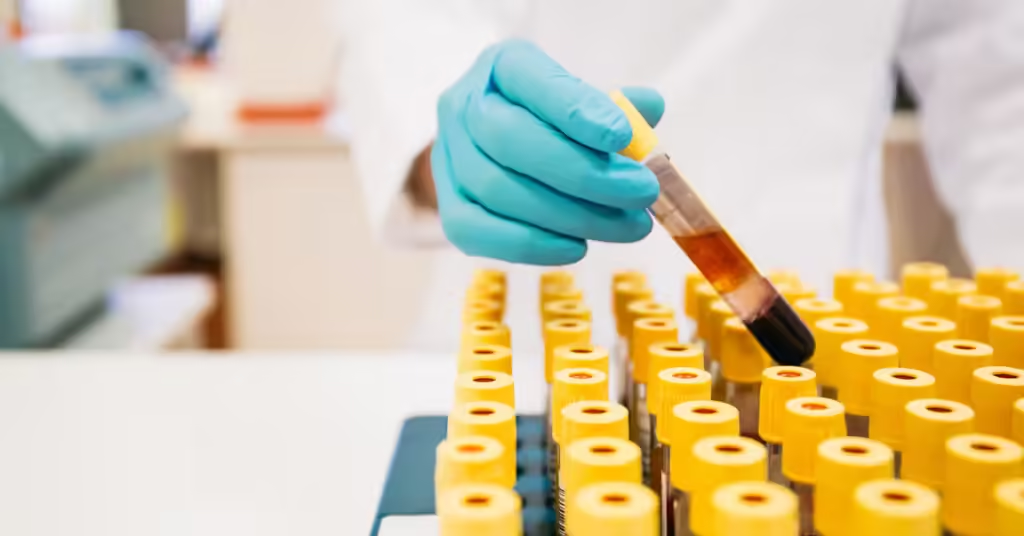Medical lab tests are an integral part of healthcare, offering critical insights into a patient’s health status. From routine blood tests to advanced genetic screenings, these procedures help in diagnosing conditions, monitoring treatment progress, and preventing diseases. This article explores the most common types of medical lab tests, providing a comprehensive understanding of their significance and applications in everyday healthcare.
Blood tests are among the most frequently performed medical procedures, serving as a cornerstone of diagnostics. They provide a wealth of information about a patient’s overall health and can detect a wide range of conditions. Complete blood count (CBC), for example, measures various components of blood, including red and white blood cells, hemoglobin, and platelets. This test can reveal infections, anemia, and other hematological disorders, offering a snapshot of the body’s internal environment.

Biochemical blood tests, such as liver function tests and kidney function tests, assess the performance of vital organs. These tests measure specific enzymes, proteins, and waste products in the blood, helping to diagnose conditions like hepatitis, liver cirrhosis, and chronic kidney disease. Additionally, lipid profiles and glucose tests are crucial for managing cardiovascular health and diabetes, respectively, enabling timely interventions and lifestyle modifications to prevent complications.
Hormone tests are another critical category of blood tests, providing insights into the endocrine system. Thyroid function tests, for instance, measure levels of thyroid hormones and can diagnose conditions like hypothyroidism and hyperthyroidism. Similarly, reproductive hormone tests assess levels of estrogen, progesterone, and testosterone, which are vital for diagnosing hormonal imbalances and reproductive health issues.
Imaging tests are non-invasive procedures that create detailed images of the body’s internal structures, aiding in the diagnosis and monitoring of various conditions. X-rays, one of the most common imaging tests, use electromagnetic radiation to visualize bones and detect fractures, infections, and arthritis. They are also used in dental exams and to identify lung conditions like pneumonia and tuberculosis.
Ultrasound imaging employs high-frequency sound waves to produce real-time images of soft tissues and organs. This test is widely used during pregnancy to monitor fetal development and detect abnormalities. It is also instrumental in diagnosing conditions affecting the abdomen, such as gallstones, liver disease, and kidney stones. Doppler ultrasound, a specialized form, evaluates blood flow through vessels, aiding in the diagnosis of vascular conditions and heart diseases.
Advanced imaging techniques, such as computed tomography (CT) scans and magnetic resonance imaging (MRI), provide more detailed and cross-sectional views of the body. CT scans use X-rays and computer technology to create comprehensive images of bones, organs, and tissues, making them invaluable for detecting cancers, internal injuries, and cardiovascular diseases. MRI, on the other hand, uses magnetic fields and radio waves to produce high-resolution images of soft tissues, brain, and spinal cord, assisting in diagnosing neurological conditions, tumors, and musculoskeletal disorders.
Genetic and molecular tests delve into the very building blocks of life, providing insights that are crucial for personalized medicine. These tests analyze DNA, RNA, and proteins to identify genetic mutations, predispositions to diseases, and the presence of infectious agents. One of the most well-known genetic tests is the BRCA test, which identifies mutations in the BRCA1 and BRCA2 genes associated with a higher risk of breast and ovarian cancers. Such tests enable individuals to make informed decisions about preventive measures and treatment options.

Molecular diagnostics have revolutionized the detection of infectious diseases, allowing for the rapid and accurate identification of pathogens. Polymerase chain reaction (PCR) tests, for instance, amplify and detect the genetic material of viruses and bacteria, making them indispensable for diagnosing infections like COVID-19, HIV, and hepatitis.
Pharmacogenomic testing is another application of genetic testing that analyzes how an individual’s genetic makeup affects their response to medications. This information can predict adverse drug reactions and help in selecting the most effective medications and dosages, thereby enhancing treatment efficacy and safety. By tailoring medical treatments to the genetic profile of each patient, pharmacogenomics represents a significant advancement in personalized healthcare, ensuring that treatments are as effective and safe as possible.
Understanding medical lab tests is essential for appreciating their role in modern healthcare. These tests provide critical data that guide diagnoses, inform treatment plans, and monitor health conditions, making them indispensable tools in medicine. As technology continues to advance, the accuracy and scope of these tests will only improve, further enhancing their impact on patient care and outcomes.